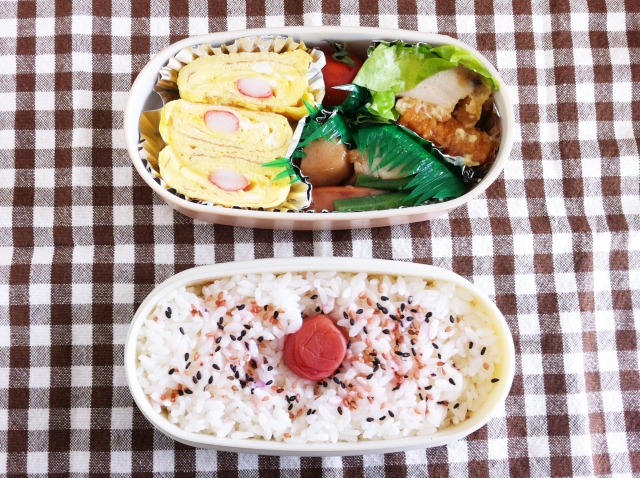In Japan, taking a home-made lunch to work or school is more than just a practical routine — it’s a small expression of care, balance, and beauty.
The meal packed inside is called an obento, and it reflects a deep cultural sense of thoughtfulness in everyday life.
What Is an Obento?
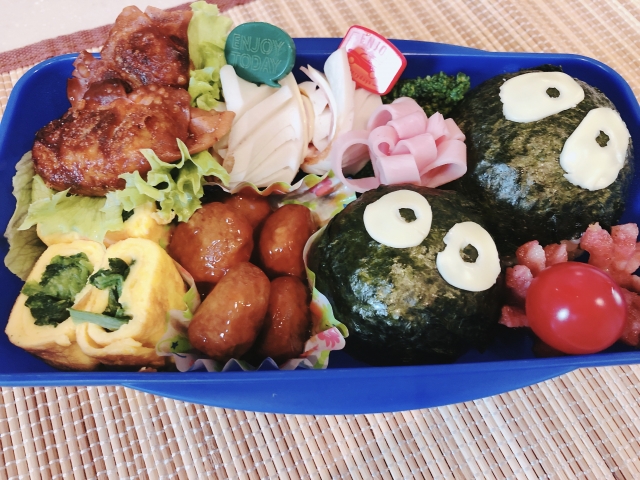
An obento is a single-portion meal neatly packed in a box. It’s the Japanese way of bringing a complete, balanced meal wherever you go.
You’ll see office workers opening them in parks, students unwrapping them at lunch, and travelers enjoying them on trains.
The Box Itself
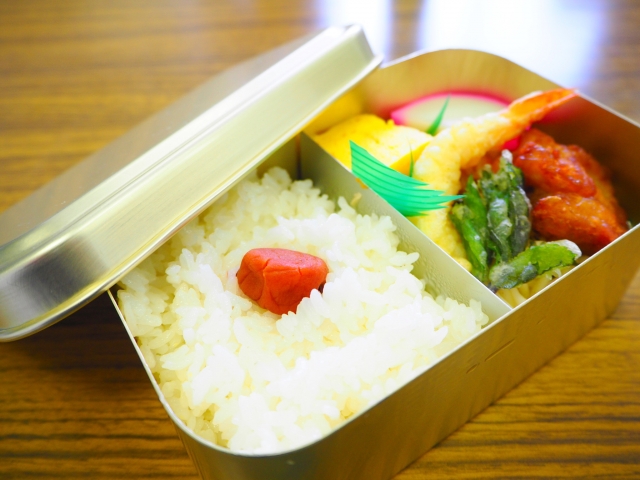
The lunch box — obento-bako — is usually reusable. Most are made of lightweight plastic for easy washing, but stainless steel versions remain popular among commuters. There are also exquisite hand-crafted boxes made from wood or bamboo, loved for their aroma and natural texture.
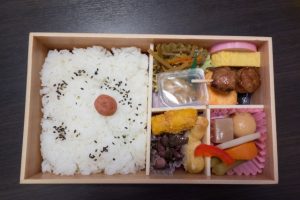
For convenience, disposable paper or thin-plastic versions are also sold at convenience stores.
What’s Inside?
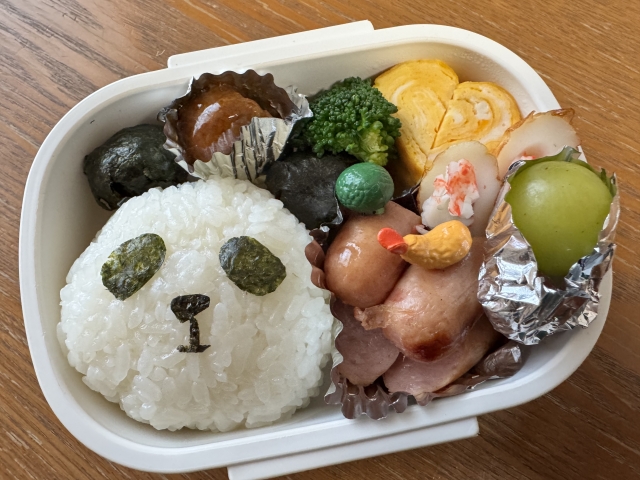
An obento usually includes a main staple of rice, a few side dishes, and sometimes a small dessert — much like a miniature version of a Japanese dinner table. The goal is not only to balance nutrition but also to make the presentation colorful and pleasing to the eye.
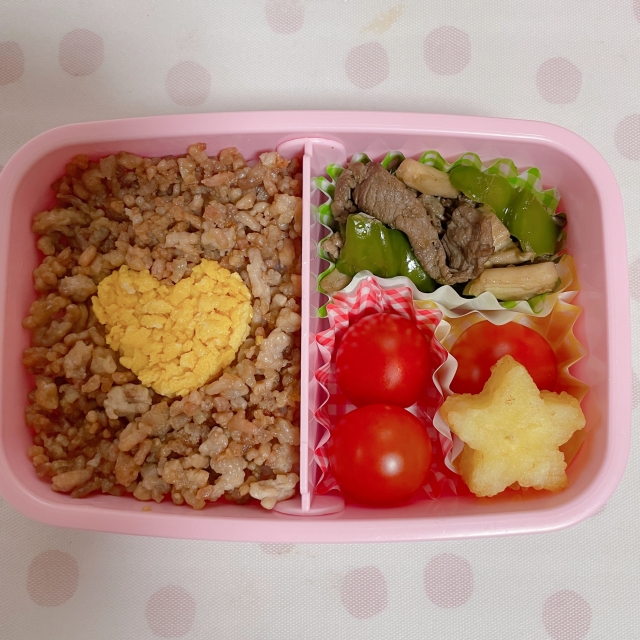
Each item is placed carefully, often in small foil or paper cups to prevent flavors from mixing. Green shiso leaves or bits of parsley serve as natural dividers, adding a refreshing accent.
The artistry lies in how beautifully the limited space is arranged — that’s where the maker’s skill shines.
Wrapped with Care
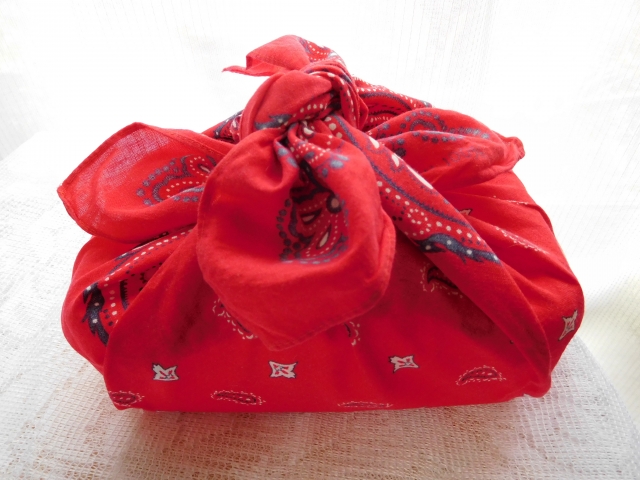
Once packed, the box is wrapped with a square cloth called a furoshiki, which bundles together the obento and chopsticks case for easy carrying. At lunchtime, the cloth becomes a personal placemat, keeping the eating area tidy — a small but elegant habit that reflects Japanese mindfulness.
Character Bento: A Mother’s Touch
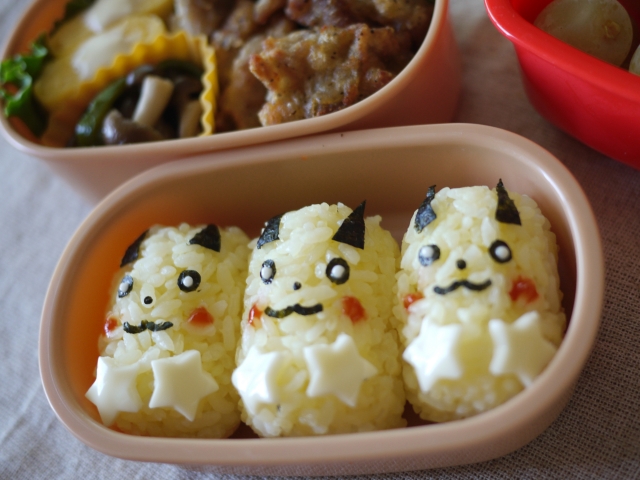
Some parents take obento to a whole new level: kyaraben (character bento). Here, rice balls become cartoon faces, eggs transform into tiny animals, and seaweed is cut into detailed shapes.
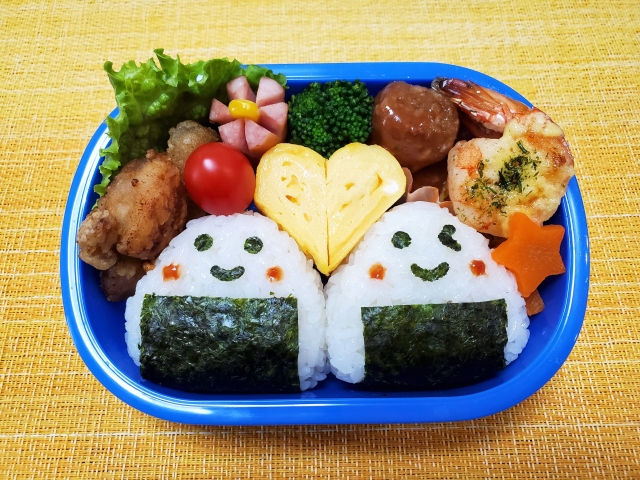
These charming designs aren’t just for special occasions — many mothers create them every day to brighten their children’s lunchtime.
More than decoration, kyaraben shows affection. It’s a reminder that even an ordinary meal can carry warmth, creativity, and love.
The Spirit of Obento
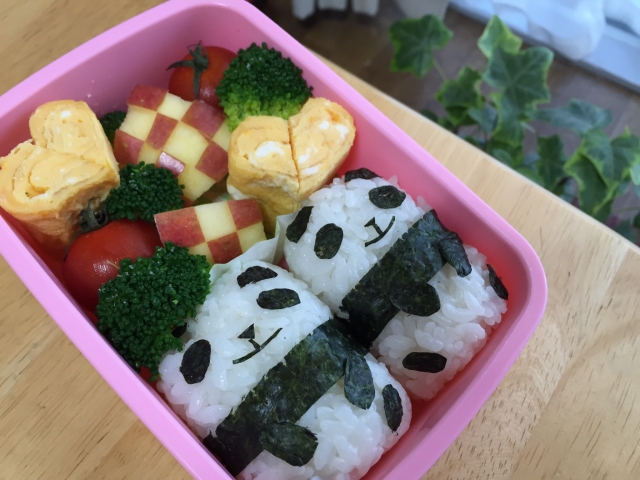
Whether simple or elaborate, every obento is a small act of care — for oneself or for someone else.
It turns an everyday lunch into something thoughtful, balanced, and quietly beautiful. In Japan, that’s the real meaning of eating well.

